Underwater Macro Photography 101 Part 5 - Snoots and Super Macro
In my final section of underwater macro photography we are going to look at a couple of types or styles of macro photography that go beyond your typical macro image making; Snoot and super macro. Both of these are generally thought of as advanced types of photography so if your thinking you want get into either of these or both then you have built up a great diving and macro skill set.
As I’ve stated many times before, lighting is everything in underwater photography. Lighting is without a doubt is the prime method to add color and contrast, create drama and shadows, add dimension and much more to each and every image. Controlling light is a totally personal and creative thing.
So what on earth is Snoot? Snoots are a highly effective tool that will enable you to isolate your subject by surgically controlling and manipulating your strobe flash to precisely where and how you want your subject to be lit. This precise method of lighting will create the desired negative space in the frame, and with a little practice, result in some new striking compositions.
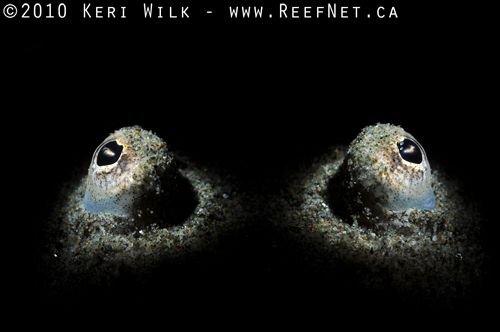
A snoot is a tool placed over the strobe head. The snoot controls and directs your strobe flash by creating a narrow or broad light beam in its cast, depending on the effect the shooter desires. Snoots do not create the flash, they are merely a tool used with your existing strobe to direct the light.
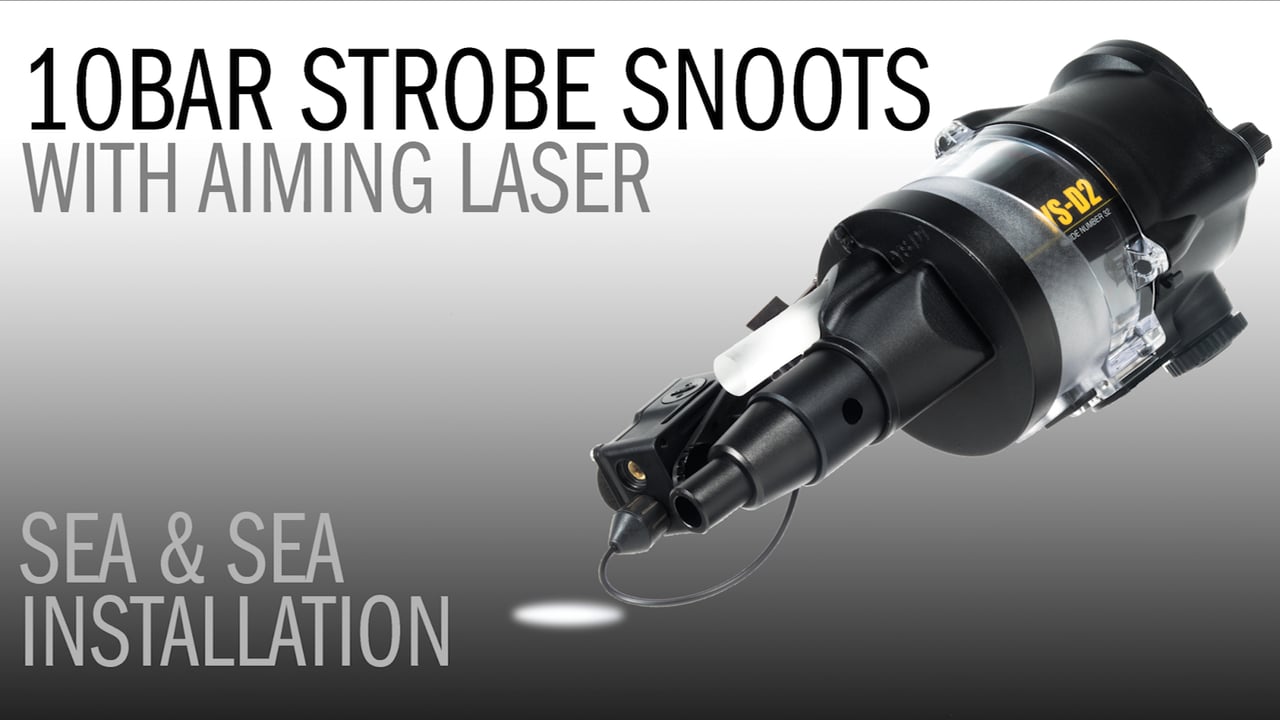
Shooting with a snoot take a ton of patients and practice. Using this tool can be very rewarding but so very difficult to master.
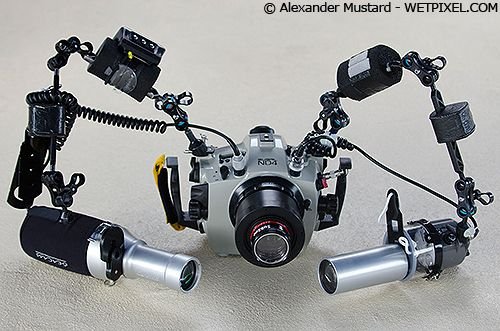
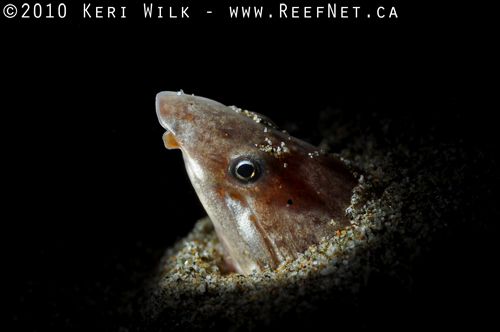
The second style or type of photography is super macro and for this you want to think really small; really, really, small. To accomplish this type of images making it takes some additional equipment, (diopters and teleconverters) and near perfect conditions, (no surge, no water movement, none at all, if that’s even possible in an ocean)
Macro photography is usually accomplished with a macro lens, which can achieve 1:1 magnification. Canon has their 60mm and 100mm options, Nikon offers 60mm, and their 105mm lens. But to achieve an even greater magnification you must add diopters and teleconverters.
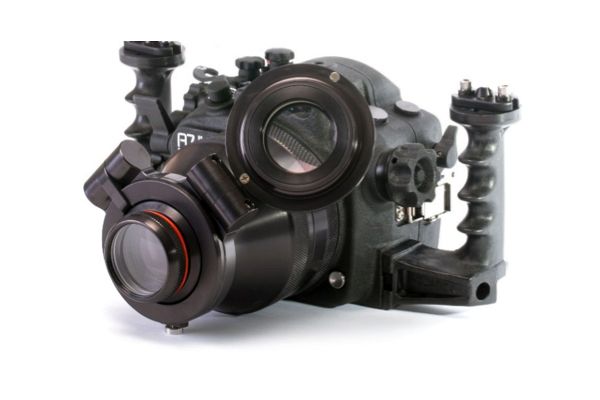
Ok let’s get a little technical for a moment. A diopter, or close-up lens, acts like a filter, and screws onto the front of your lens.Diopters allow for greater magnification by shortening the effective focal length of the lens, and reducing the working distance of the lens. Where teleconverters magnify the image the same amount on all lenses, diopters will give different magnification on different focal lengths.

What this all means for you and me is that typically a diopter fits on the outside of the camera housing which is beneficial because that means you don’t always have to shoot with it. Where as teleconverters are attached to your lens inside your camera housing.
There is no right or wrong answer to which equipment is better or worse than the other it just depends on how and what your planning on shooting. Buy what is going to be best for you and your creative ways.
The bottom line is to have fun and be as creative as you can.
I’ve really enjoyed writing this series for all of you and my plan is to continue on and dive into wide angle photography next. Thank you for all your comments and questions. I look forward to seeing some of the images that you create.
Additional reading:
Additional reading:
Macro Photography Basics: https://steemit.com/education/@scottdphoto/underwater-macro-photography-101-part-1
Macro Photography Equipment:
https://steemit.com/education/@scottdphoto/underwater-macro-photography-101-part-2-equipment
Macro Photography Lighting:
https://steemit.com/education/@scottdphoto/underwater-macro-photography-101-lighting
Macro Composition:
https://steemit.com/education/@scottdphoto/underwater-macro-photography-101-part-4-composition
Happy snapping!
Scott
For more stories and images - http://www.scottstevensonphotography.ca/
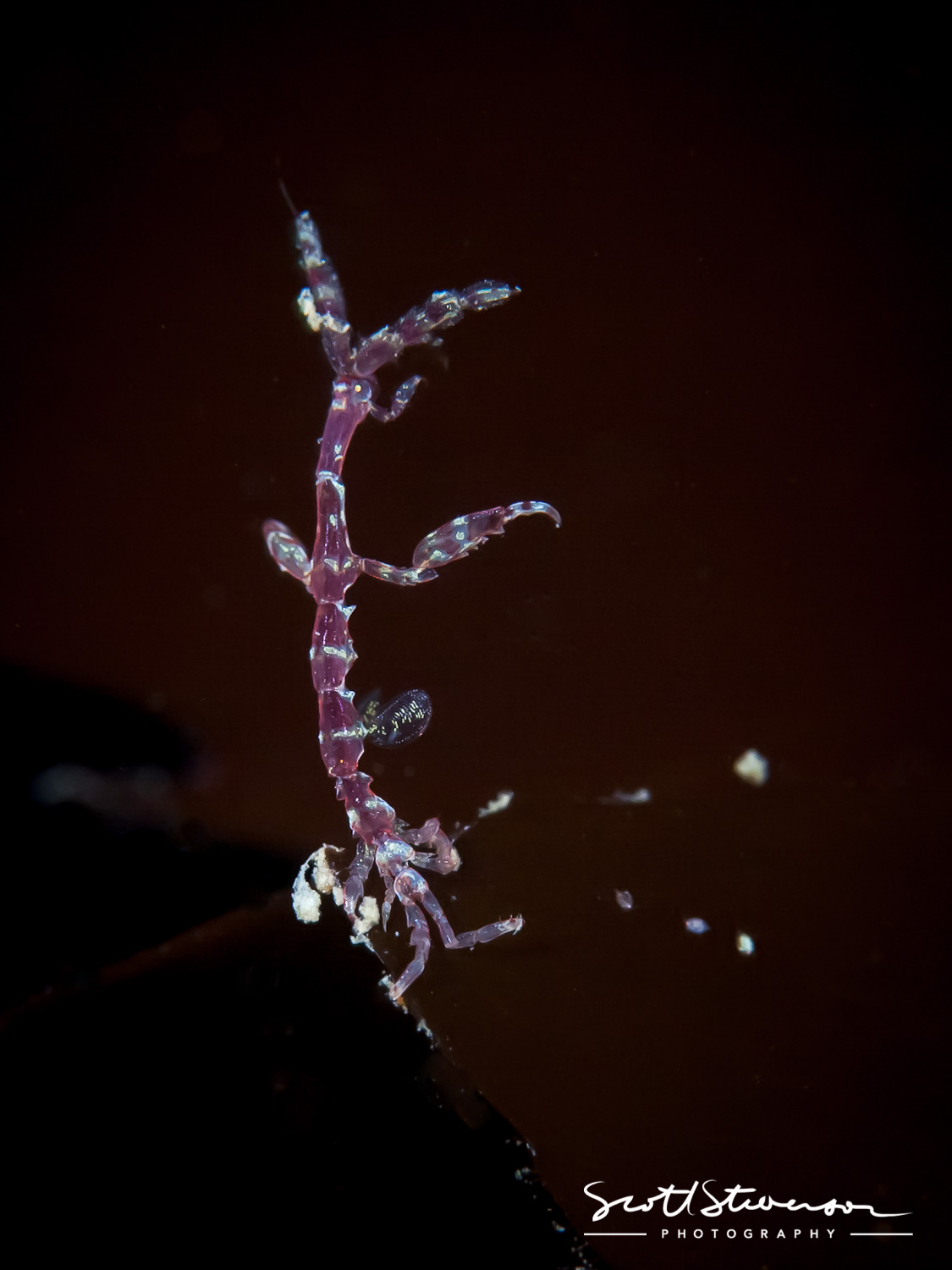
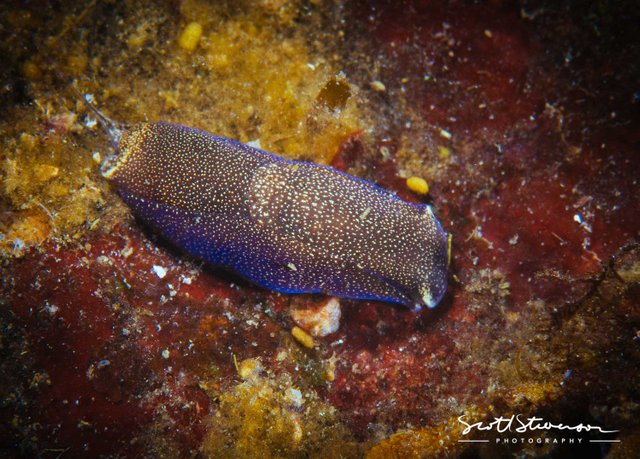
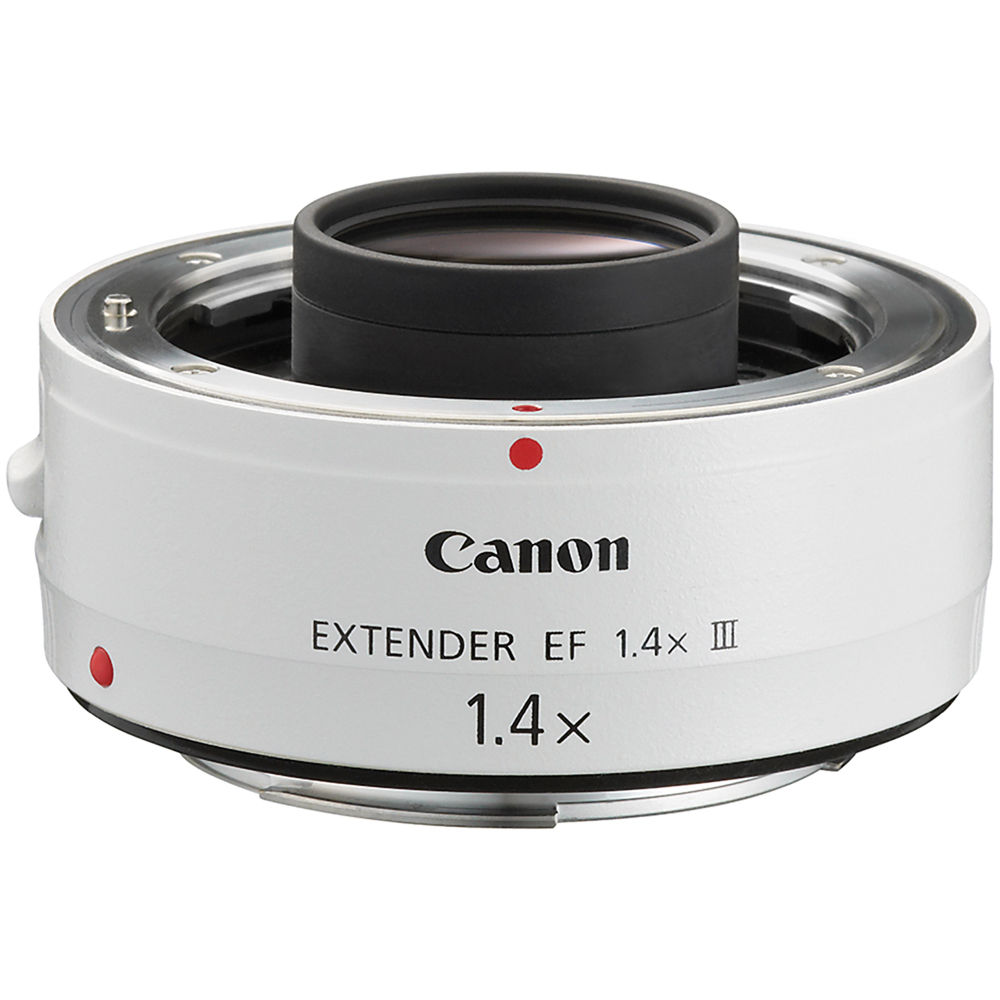
Great write-up. I have been into underwater photography since the old Nikonos V. I used it mainly to take photos of underwater archaeological artifacts and sites. How things have changed. Love underwater macro photography but probably not my strength. I am now into travel writing and travel photography. You can check out my work here - https://steemit.com/@liquidtravel.
Awesome! Thanks for checking out my stuff. I've shot with one of those old Nikonos as well. Tons of fun. I will check out your stuff.
Cool photos @scottdphoto. How much is that camera? I bet it's expensive. I wish I could get those awesome shots as well someday with the camera I bought from steem :)
Those are amazing shots!! I didn't know what a snoot was lol. Upvoted and following you!!
Beautiful post.
@scottdphoto Great posts. Not just about the image. The extent to which a photography is in touch with his lense is reflected here. Weldone
Oh these cameras look like robos...really this is what you people take photos with....this is epic....
Nice Work @scottdphoto
This helps enter into a whole new world. This is awesome, who would've thought that we could do this 30 years ago? I love technological advancement! Thanks for the lesson!
Perfect!
World of Photography Beta V1.0
>Learn more here<
You have earned 6.25 XP for sharing your photo!
Daily photos: 2/2
Daily comments: 0/5
Multiplier: 1.25
Server time: 20:15:02
Total XP: 3136.90/3200.00
Total Photos: 121
Total comments: 14
Total contest wins: 61
Follow: @photocontests
Join the Discord channel: click!
Play and win SBD: @fairlotto
Daily Steem Statistics: @dailysteemreport
Learn how to program Steem-Python applications: @steempytutorials
Developed and sponsored by: @juliank
fantastic like always master photography